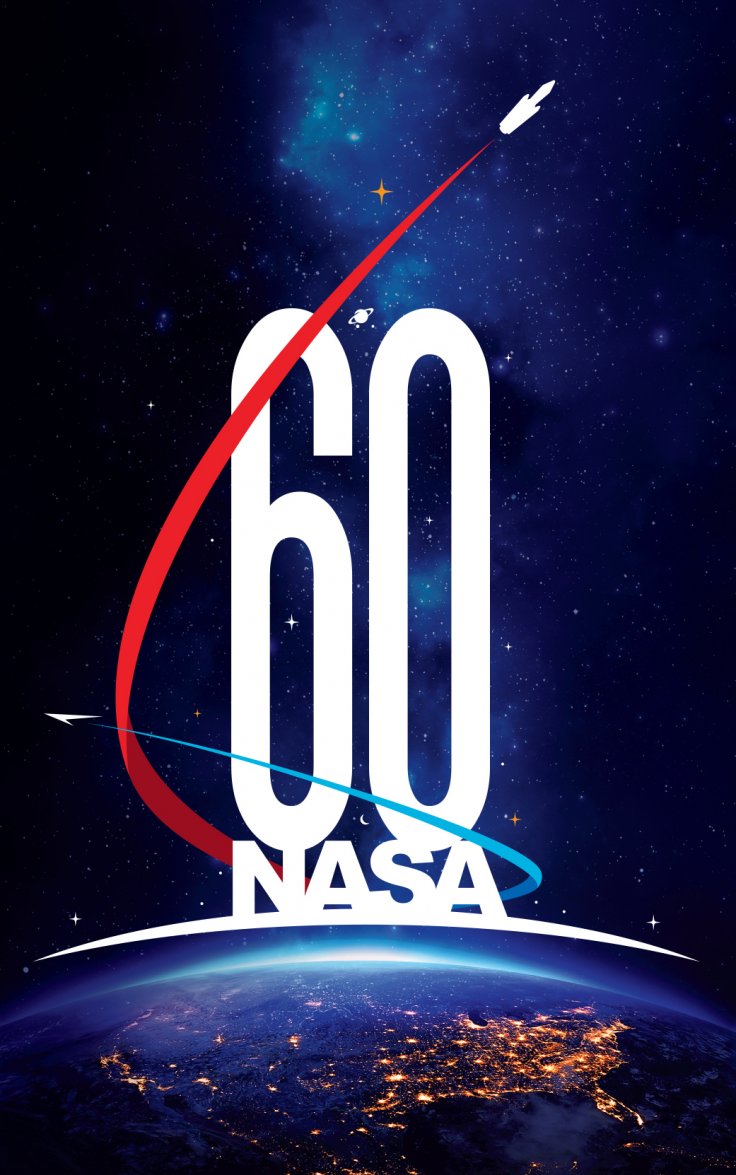
NASA would celebrate its 60th this year with a series of missions which could change the human's perspective of the Space and Universe. The space agency has planned for a series of missions, which are to be accomplished in 2018.
The missions are aimed at various levels including the human expansion to the Moon and other planets, and study of a distant asteroid which could help protect the earth from the impact of such celestials bodies. The space agency is also aiming at developing an energy-efficient self-powered aircraft, which would change the perspective of aviation and reduce air accidents.
Here are some of the major plans which NASA aims to accomplish in 2018.
Preparations to send humans to moon and beyond
The United States government has made an Official Space Policy Directive for human expansion to the Moon and beyond. US President Donald Trump has signed an agreement with NASA on December 11, 2017, which aims at an integrated program with private sector companies for sending humans to Moon, Mars and beyond them.
The policy calls for the NASA administrator to "lead an innovative and sustainable program of exploration with commercial and international partners to enable human expansion across the solar system and to bring back to Earth new knowledge and opportunities."
NASA has been developing new technologies along with other countries and private space agencies for this mission.NASA and the space agencies would send robots to Mars prior to humans. New rovers would be sent to the red planet for the studies in addition to the already existing robots.
OSIRIS-Rex visit asteroid Bennu
OSIRIS-Rex would visit a distant asteroid named Bennu, which is as old as our solar system, in August 2018. The mission aims to bring rock and soil samples. This mission could be helpful in developing a defence mechanism for the earth to prevent hazardous impacts by asteroids or comets.

Improve Space Navigation
NASA plans to improve space navigation by using artificial intelligence in their cognitive radios used for the space communication networks.
The artificially intelligent cognitive radio would utilize 'white spaces' or free spaces in the electromagnetic spectrum and would help in the faster transfer of messages without much human interference. This system could also adjust itself to the adverse conditions of the space communication to provide better data transfer.
Partnerships to set up Deep space habitat
NASA has formed partnerships with Russia and Japan to build a space station named Deep space gateway in the moon's orbit. This space station would serve as a base camp for human and robotic missions to other planets and moons. Five US private companies are given the bid to develop models for the space habitat by 2018.
The International Space Station which orbits the earth had been developed by joint efforts of US, Russia, European Space Agency, Japan, and Canada. Researchers have been living in the space station and conducting research in the space station since November 2000.
Parker Solar Probe to touch the Sun
NASA would launch its spacecraft named after Chicago University professor, Eugene N. Parker to study Sun's outer atmosphere in August 2018.
The Parker Solar Probe would travel through Corona, the outermost region of the Sun's atmosphere which is 3.9 million miles away from the star's surface. It would be the first man-made object to travel to this far near the Sun.
The probe's study would give a better understanding of the Sun's corona and solar winds, which could change earth's space environment and effect life and technology on the planet. The probe has been named Parker Solar Probe to honour the scientist's significant studies and findings in the field.
Develop energy efficient eco-friendly airplane
NASA plans to fly an eco-friendly electric plane by 2018. NASA's Convergent Aeronautics Solutions project aims to bring revolutionary changes in the aviation sector by finding solutions for key barriers associated with aviation sector.
The researchers have developed a shape memory alloy (SMA), an alloy of nickel and titanium which could be moulded to change to desired shapes and return to its original form by applying heat. They have developed simulators which could guide pilots through proper paths even during adverse weather conditions. NASA researchers have also developed re-chargeable batteries which could enable aircraft to charge its battery on its own.









